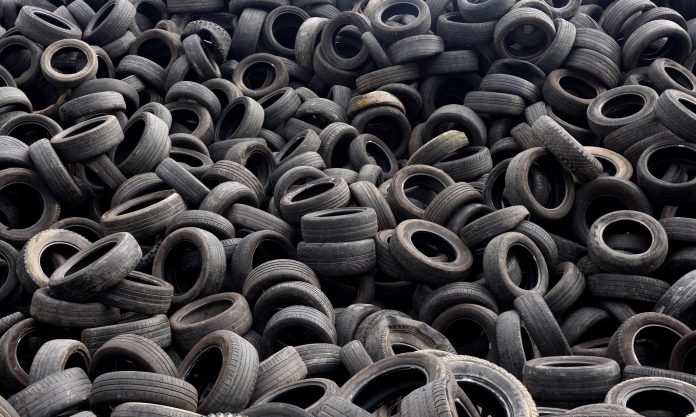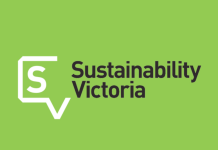
Researchers at RMIT University have developed a new material that combines recycled building rubble and old rubber tyres to form a sustainable alternative for road-making.
According to news from RMIT, the first-of-its-kind ‘rubble-rubber’ mix is precisely optimised to meet road engineering safety standards. The recycled material is intended to be used for base layers as it is more flexible than standard materials, making roads less prone to cracking.
Lead researcher Dr Mohammad Boroujeni said the rubble-rubber mix could deliver both environmental and engineering benefits.
“Traditional road bases are made of unsustainable virgin materials – quarried rock and natural sand,” Dr. Boroujeni said.
“Our blended material is a 100% recycled alternative that offers a new way to reuse tyre and building waste, while performing strongly on key criteria like flexibility, strength and permanent deformation.”
“As we push towards a circular economy that can eliminate waste and support the continual use of resources, our recycled blend is the right choice for better roads and a better environment.”
An estimated 1 billion scrap tyres are generated globally each year and in Australia only 16% of scrap tyres are domestically recycled. Meanwhile about 3.15 million tons of processed building rubble, also known as recycled concrete aggregate (RCA), are added to stockpiles each year rather than being reused.
RCA can potentially be used on its own for road base layers, but adding recycled rubber can significantly enhance the finished product, according to RMIT.
In a previous research conducted by RMIT School of Engineering, the team discovered that their rubble-rubber blend performs well in stress, acid and water resistance tests, as well as strength, deformation and dynamic properties. Its low shrinkage and good flexibility reduce the risk of cracking.
Chief investigator Professor Jie Li said while the recycling of construction waste and scrap tyres was growing, both industries continued to produce significantly more waste than is currently reused.
“Solutions to our waste problems will come not only from reducing how much goes to landfill and increasing how much we recycle; developing new and innovative uses for our recycled materials is absolutely vital,” Professor Li said.
Read the full article on RMIT’s website here.


















